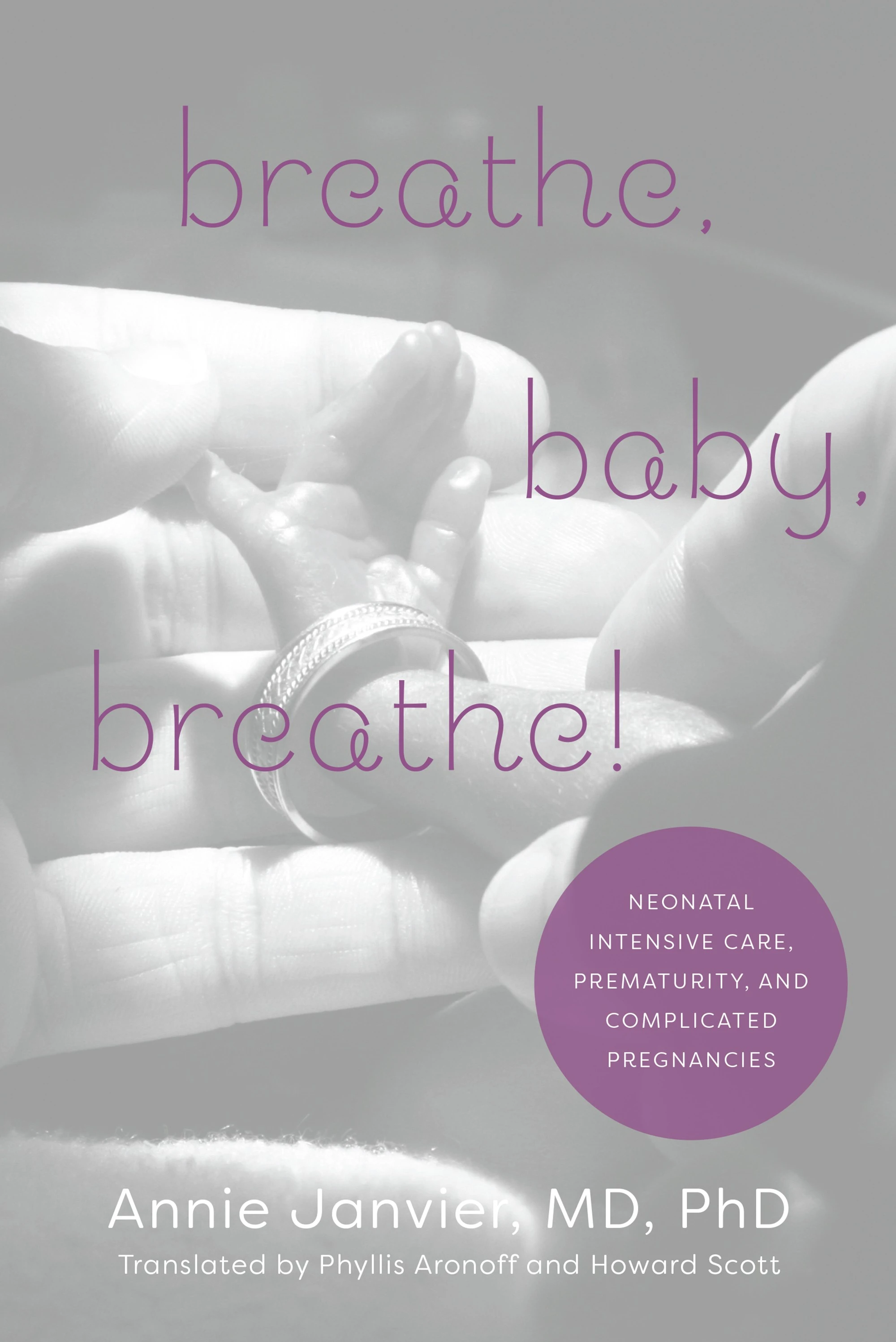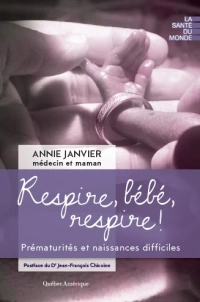Mother’s Own Milk (MOM) seems to be the best base for enteral nutrition of the preterm infant, in terms of the risk of infection, the risk of Enterocolitis (NEC) and, probably, long term neurodevelopment.
Reasonably good data show that replacing human milk with artificial formula, when there is insufficient maternal breast milk, leads to increased intestinal inflammation and NEC, compared to using pasteurized donor human milk (PDHM).
From observational studies, (which is all we’ll ever have, as you couldn’t ethically randomise babies to a PDHM supplement if there is enough MOM), PDHM seems to be less protective than MOM.
For the baby whose mother doesn’t produce any MOM, using PDHM rather than formula seems to be better for the outcomes of NEC, and probably late-onset infecions, among very preterm infants.
But why is that the case? What is it about MOM that leads to fewer of those complications? Is it just because nature loves mothers? Is it rather that there is something about MOM which is different?
Fortifying human milk with a bovine-milk based commercial fortifier, to increase protein, calorie and mineral supply, has never been shown to increase NEC or LOS, compared to either no fortifier, or to a human milk based fortifier.
I think it is important to specify that it is very hard to prove a negative, ‘that multicomponent fortifiers do not increase the risk of NEC’ for example, and we should remain vigilant regarding the power of the individual studies and of the accumulated evidence. The latest Cochrane review states that the included studies were small and of low quality and that there is ‘low-quality evidence that fortification does not increase the risk of necrotising enterocolitis in preterm infants (typical RR 1.57, 95% CI 0.76 to 3.23; 11 studies, 882 infants)’. Which means that a 57% increase in NEC was the most likely result of using fortifiers compared to not using them, which was far from statistical significance.
Since that 2016 version of the review there is at least 1 other RCT that seems to confirm those findings (still a very small study) Adhisivam B, et al. Does fortification of pasteurized donor human milk increase the incidence of necrotizing enterocolitis among preterm neonates? A randomized controlled trial. The journal of maternal-fetal & neonatal medicine. 2018:1-6.
Also published was what is, I think, the only RCT of babies receiving MOM who were randomized to human milk-based fortifier compared to a commercial bovine milk-based fortifier. O’Connor DL, et al. Nutrient enrichment of human milk with human and bovine milk-based fortifiers for infants born weighing <1250 g: a randomized clinical trial. The American journal of clinical nutrition. 2018;108(1):108-16. Which showed no impact of the fortifier origin.
Why is MOM best?
Because of the frequent diagnosis of cow’s milk protein intolerance in children, (much more frequently diagnosed than proven, I might add), you might suppose that an immune response to exogenous proteins is a likely answer to the increase in NEC with supplemental formula feeds. But if that were the case, why is fortifier not implicated? Also in general, exposure of preterm infants to exogenous protein leads to tolerance rather than intolerance, and other immune phenomena are quite unusual in the newborn. For example. the widespread instillation of bovine or porcine proteins into the airways of preterm infants does not seem to be related to any later adverse immune events.
If the source of the protein is not the primary problem and, I reiterate, there is no good evidence that it is, but formula still causes an increase in NEC, then the emphasis on an ‘exclusive human milk diet’ may be wrong-headed.
There are a number of clues in the literature that suggest that other factors in the production of formula, and of PDHM, may have impacts on milk composition that may be important in the development of NEC.
First of all, let’s think about PDHM, this is a product made from batches of human milk, in most instances milk produced by mothers who deliver at term, having a lower total protein content than preterm delivering mothers. It is pasteurized, usually by classical Holder pasteurization, maintaining a temperature of 63 degrees for 30 minutes, which kills the vegetative forms of bacteria in the milk. It doesn’t kill spores, and the saprophytic forms can survive, which is why the milk in your fridge goes sour after a few days.
Holder pasteurization causes significant changes in protein structure, and the more thermolabile components may be completely or partially destroyed. A recent review article noted:
“Saccharides are not significantly affected by the heat treatment, as either free molecules or as part of biologically active compounds. The total lipid content is preserved by Holder pasteurization, as is its fatty acid composition…Consistently, fat soluble vitamins also seem to be unaffected, while water soluble vitamins, and vitamin C in particular, are generally reported as significantly decreased. The results concerning specific biologically active molecules (such as cytokines and growth factors) remain uncertain….Proteins are more significantly affected by Holder pasteurization. In fact, specific proteins with significant immunologic and anti-infective action (such as immunoglobulins and lactoferrin) are reduced by pasteurization. A substantial reduction in the enzymatic activity has also been observed” Peila C, et al. The Effect of Holder Pasteurization on Nutrients and Biologically-Active Components in Donor Human Milk: A Review. Nutrients. 2016;8(8).
Alternative ways of protecting milk composition while preserving bacteriologic safety are being investigated, including ‘high temperature short time’, high pressure methods, ultraviolet irradiation, and, potentially, ionizing radiation. (Wesolowska A, et al. Innovative Techniques of Processing Human Milk to Preserve Key Components. Nutrients. 2019;11(5).)
Holder pasteurization though, does not seem to affect the human milk oligosaccharides which are important for supporting growth of probiotic organisms. Hahn WH, et al. The human milk oligosaccharides are not affected by pasteurization and freeze-drying. J Maternal-Fetal Neonatal Med.2019;32(6):985-91.
Even the relatively innocuous Holder pasteurization has fairly dramatic impacts on milk composition. We can compare that to the extensive manipulation of cow’s milk required to produce commercial formula, including mixing of the source components (which include already processed fats, carbohydrate and proteins from various sources), homogenization, pasteurization, standardization, packaging and sterilization. For powdered formulas a freeze-drying or spray-drying step is also required, but final sterilization is very difficult, and they are not usually considered sterile. The final step of sterilization of liquid formulae may create glycated proteins which are not normally present in milk, and which are pro-inflammatory. (Erlanson-Albertsson C, Landin-Olsson M. Glycated proteins in infant formula may cause inflammation that could disturb tolerance induction and lead to autoimmune disease. Acta Paediatr. 2019;108(10):1744-6)….
more soon…








